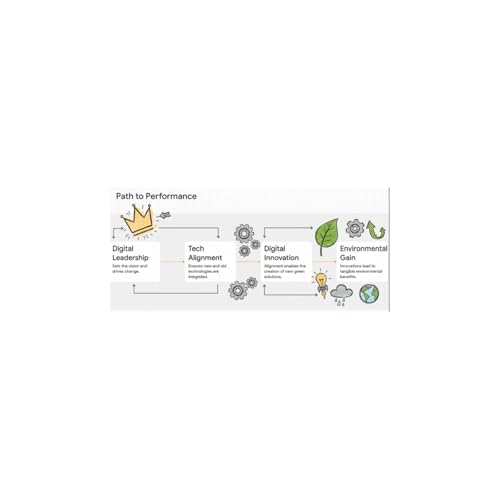This podcast synthesizes the core arguments from the essay "Theorizing Temporary Organizing to Foster True Cross Fertilization," authored by Maude Brunet, Catriona Burke, Mohsin Malik, and Jörg Sydow. The central thesis is a call for stronger, more creative theorizing within project studies to achieve a "true cross-fertilization" with related disciplines, particularly organization studies. Currently, the exchange is predominantly a one-way flow, with organization theory enriching project studies.
The authors propose that advancing theory occurs on a spectrum, ranging from top-down approaches that leverage established reference theories to bottom-up approaches that develop "home-grown" theories from empirical phenomena. To illustrate this spectrum, the essay presents two distinct examples:
1. Top-Down Approach: The application of Practice-Driven Institutionalism (PDI) from organization theory to understand how macro-level institutional pressures are enacted through micro-level, everyday practices within temporary organizing contexts.
2. Bottom-Up Approach: A phenomenon-driven examination of crisis response, specifically how temporary organizations emerged, evolved, and stabilized during the COVID-19 pandemic, generating novel insights into emergent organizing.
By focusing on "temporary organizing" as a processual and practice-based phenomenon, rather than just a structural form, a common ground is established for a more robust, two-way dialogue between disciplines. This approach not only strengthens project studies as an academic field but also promises to generate insights with theoretical and practical implications for broader management and organization scholarship.
Source: Brunet, Maude, et al. "Theorizing temporary organizing to foster true cross fertilization: Focus on projects, processes and practices." International Journal of Project Management (2025): 102753. Complimentary copy on
https://www.sciencedirect.com/science/article/pii/S026378632500078X
 16 分
16 分 15 分
15 分 25 分
25 分 18 分
18 分 13 分
13 分 15 分
15 分 2025/05/0916 分
2025/05/0916 分 2025/03/1721 分
2025/03/1721 分
